Bilberries / Summer / Edible
Bilberry Foraging is one of the first I ever did as a child, they go by many names such as whimberries, whortleberries, blaeberries & Wild Blueberries. They are beautiful wild ingredients and well worth hiking up to higher altitudes to find and enjoy.
Common Names
Bilberry, blaeberry, wimberry, whortleberry, Wild Blueberries
Botanical Name
Vaccinium myrtillus
Scientific Classification
Kingdom – Plantae
Order –Ericales
Family – Ericaceae
Physical Characteristics of Bilberry
Bilberries are a hairless low growing under-shrub, covering large areas of land; they grow to a maximum height of 50cm, but can look taller when growing on sharply angled ground.
Flowers
The flowers, appearing in clusters April-June, are globular or urn shaped, greenish turning pink with a length and width of 5-6mm.
Leaves
The bright green leaves are oval shaped, often with a wavy margin and are finely toothed.
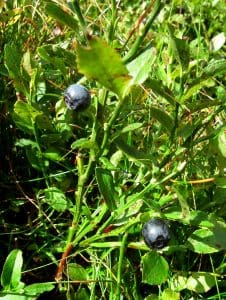
Fruit
The purple to black fruit ripens from August through to September, growing within the whole shrub, making them more difficult to pick. They’re globular shaped 5-6mm in length and width with an indented tip.
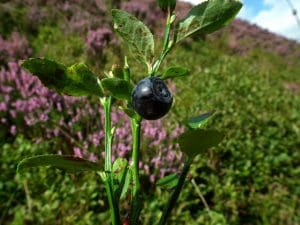
Habitat
The UK, Europe, Iceland to Spain, Northern Asia,
Woodlands, Heaths and Moors, enjoying acidic soil and damp conditions
Known Hazards
The Plant has high tannin content and if eaten to excess can affect digestion. Avoid eating if taking anti-coagulating medication.
Could be confused with
Other Closely Related species in the Vaccinium Genus, Vaccinium uliginosum, Vaccinium cespitosum, Vaccinium deliciosum, Vaccinium membranaceum, Vaccinium ovalifolium all of which are similarly edible.
Edible Use
Leaves: green tea, fermented tea, dried tea, wine, smoking foods
Flower clusters: tea, syrup, salads, dessert decoration, candied
Berries: Jam, Jelly, Tea, Ice cream, Sorbet, Syrup, Pies, Pastries, Muffins, Cakes, Fruit Leather, wine.
Find our Bilberry Recipes right here
Notes on Herbal uses
The Leaves can be taken in tea for a prolonged period of time to aid diabetes as it reduces blood sugar levels. The berries are high in anthocyanins which can dilate blood vessel, helping lower blood pressure and have been recorded as promoting good eye sight.
Extra notes from the Foragers
The easiest way I’ve found of collecting these berries is with a fruit picker, which also picks a lot of leaves with it. Then taking the whole lot and placing it on a table and blowing over it with a hair dryer blowing cold – the leaves get blown away and the berries stay on the table.
The people of Cheshire are said to eat the berries picked on Lammas with cream and milk for good luck.



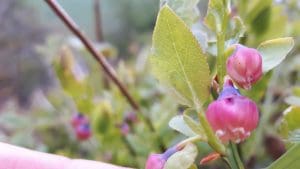
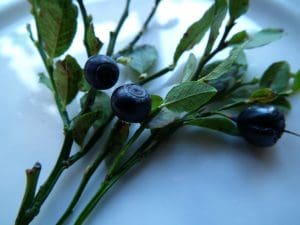
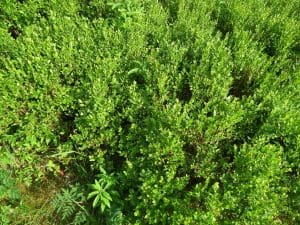
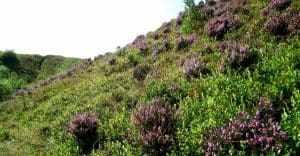
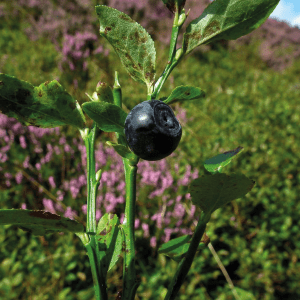
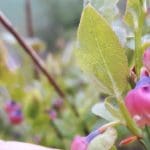
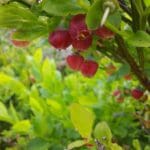
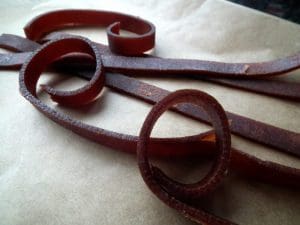
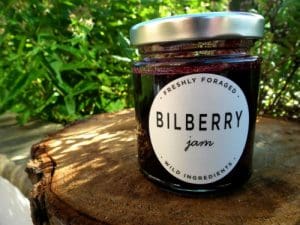
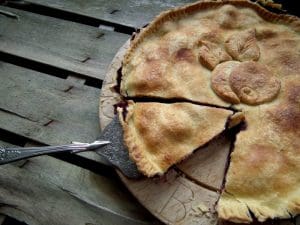



2 replies on “Bilberry (Vaccinium myrtillus) Identification”